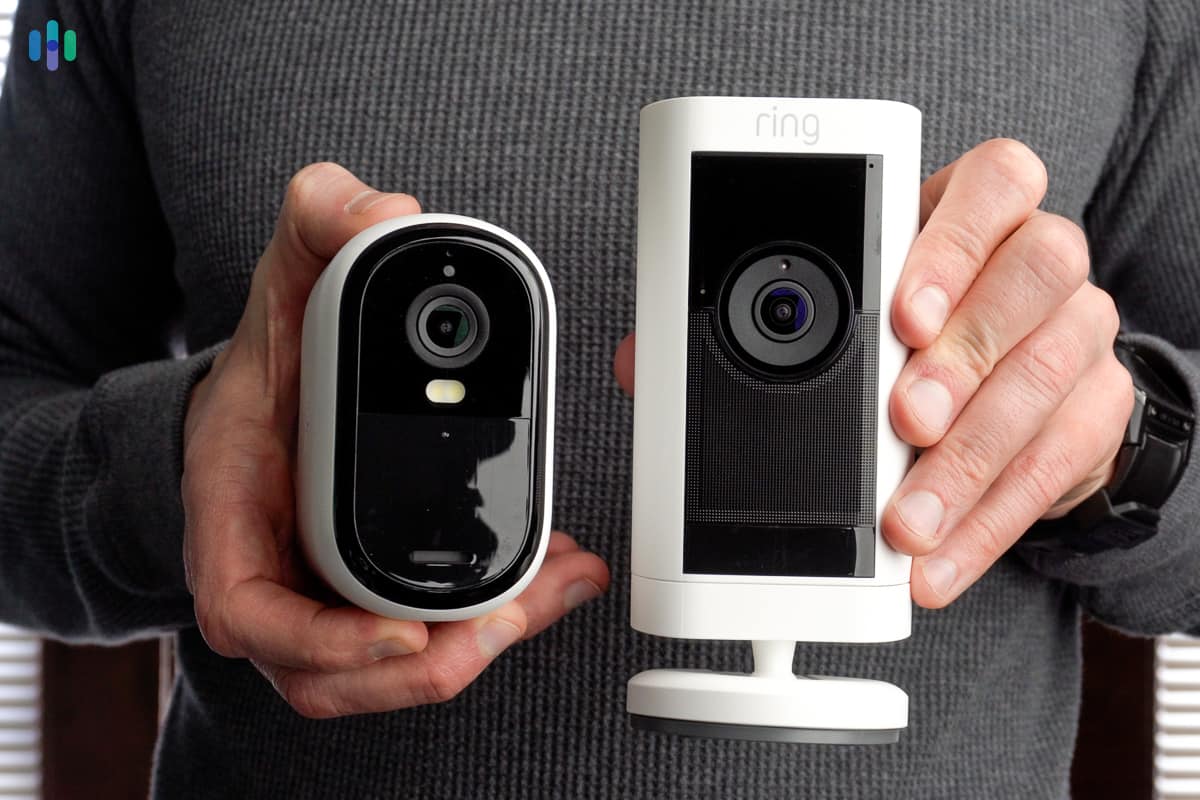In today’s world, ensuring the safety of your home is a top priority. One of the most effective ways to enhance your home security is by installing the best security cameras for your home. With numerous options available, this guide will help you understand what features to look for and how to choose the right system that fits your needs.
Why You Need Security Cameras
Home security cameras offer several benefits:
- Deterrence: The presence of visible cameras can deter potential intruders from targeting your property.
- Evidence Collection: In case of theft or vandalism, recorded footage can provide crucial evidence for law enforcement.
- Remote Monitoring: Many modern systems allow you to monitor your property in real-time through smartphone applications.
- Insurance Benefits: Some insurance providers may offer discounts if you have a comprehensive security system in place.
Key Features to Look For
When selecting the best security cameras for your home, consider these essential features:
Resolution
High-definition (HD) resolution is critical for capturing clear images and details. Aim for cameras with at least 1080p resolution; higher resolutions like 4K are also available and provide even more detail.
Night Vision
A reliable camera should perform well in low-light conditions. Look for models equipped with infrared night vision technology, which allows monitoring during nighttime or in dark environments.
Field of View
The field of view (FOV) determines how much area a camera can cover. Opting for cameras with at least a 90-degree FOV helps minimize blind spots around your property.
Motion Detection
Cameras featuring motion detection sensors send alerts when movement is detected, enabling you to respond quickly to potential threats or unusual activity around your home.
Two-Way Audio
This feature allows communication through the camera’s built-in speaker and microphone, enabling interactions with visitors or deterring intruders directly from your smartphone.
Smart Home Integration
Select cameras compatible with smart home systems like Amazon Alexa or Google Assistant for added convenience and control over your surveillance setup.
Storage Options
Consider how video footage will be stored—either locally via SD cards or cloud storage solutions—and choose according to what fits best within your budget and privacy preferences.
Choosing the Right Type of Camera
Understanding different types of security cameras can further assist you in making an informed decision:
Indoor Cameras: Indoor cameras are designed specifically for monitoring inside spaces such as living rooms, nurseries, or offices. They typically focus on providing high-quality video during daytime and nighttime while offering features like two-way audio.
Outdoor Cameras: Outdoor models are built to withstand various weather conditions and often come equipped with enhanced night vision capabilities along with robust motion detection sensors suited for exterior use.
PTZ Cameras
Pan-tilt-zoom (PTZ) cameras allow remote control over camera movements—pan left/right, tilt up/down—and zooming capabilities make them ideal for covering larger areas effectively without needing multiple fixed-position cameras.
Doorbell Cameras
These devices combine traditional doorbells with integrated video surveillance features that allow homeowners to see who’s at their door before answering it—greatly enhancing front-door security measures.
Installation Tips
Proper installation ensures optimal performance from your chosen security system:
- Determine Placement: Identify key areas around your property that require monitoring—entry points like doors and windows should be prioritized.
- Height Considerations: Install outdoor cameras high enough to avoid tampering but low enough to capture clear facial images; aim between seven to ten feet off the ground.
- Wiring vs Wireless: Decide whether wired connections suit better than wireless setups based on location accessibility and power source availability.
- Test Coverage Areas: After installation, check each camera’s coverage area thoroughly—adjust angles as needed until desired views are achieved without any obstructions blocking sightlines.
Maintaining Your Security System
Regular maintenance is vital in ensuring long-term effectiveness:
– Clean Lenses Regularly: Dust or dirt accumulation on lenses can obstruct visibility; clean them periodically using appropriate materials.
– Check Connections & Power Sources: Ensure all cables remain intact; replace batteries if applicable per manufacturer recommendations.
– Update Software/Firmware Frequently: Keeping software updated enhances functionality while addressing potential vulnerabilities against cyber threats that could compromise footage integrity/security protocols overall.
Find the best security cameras for your home in this guide



































